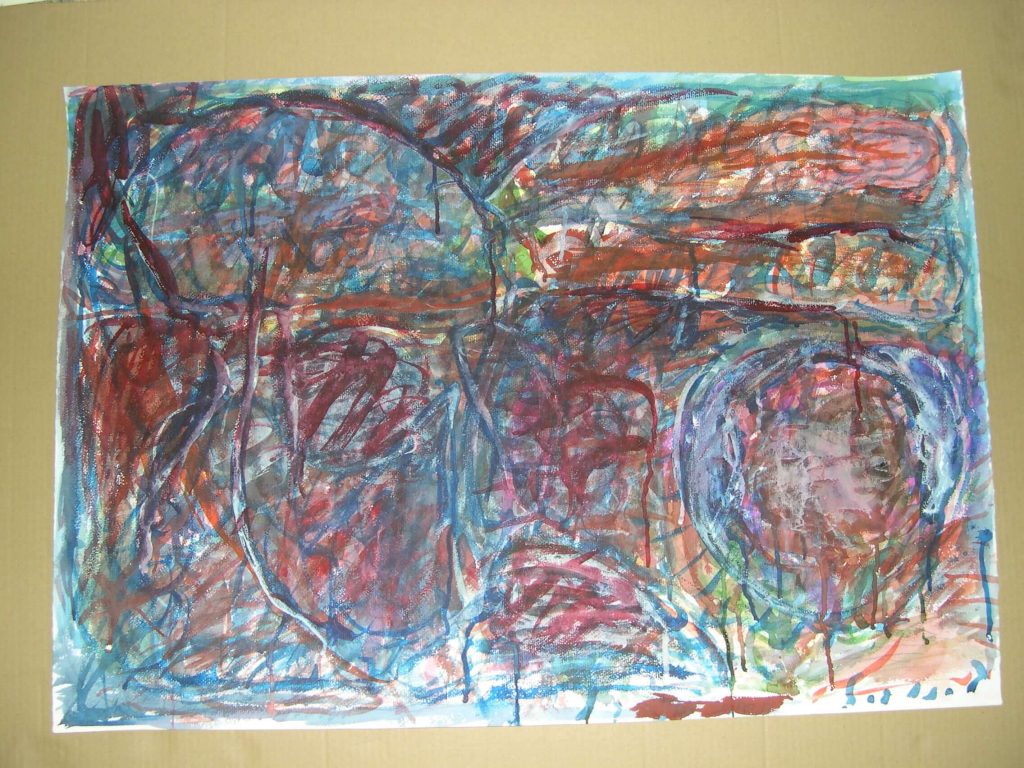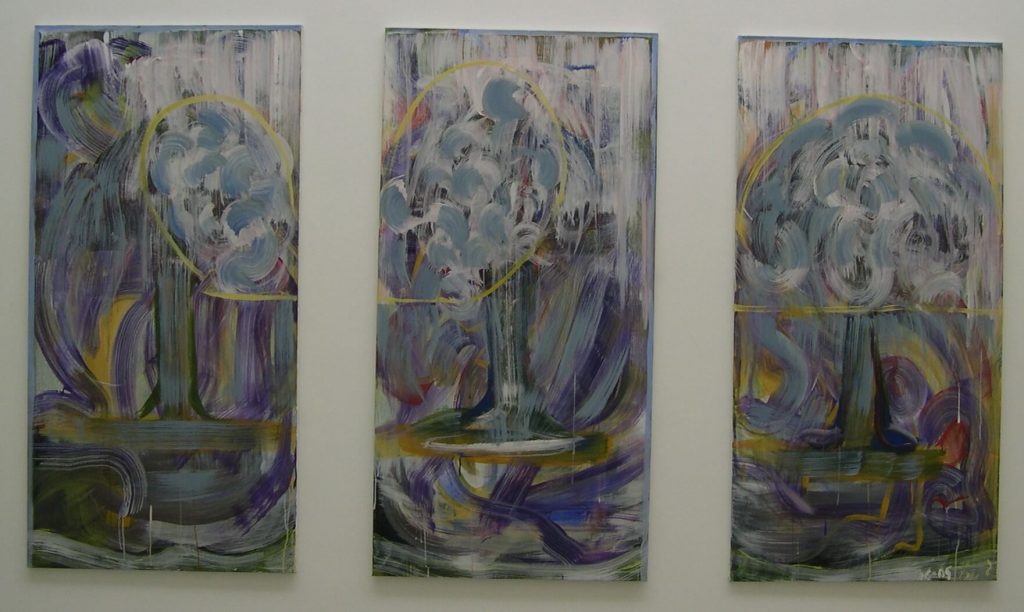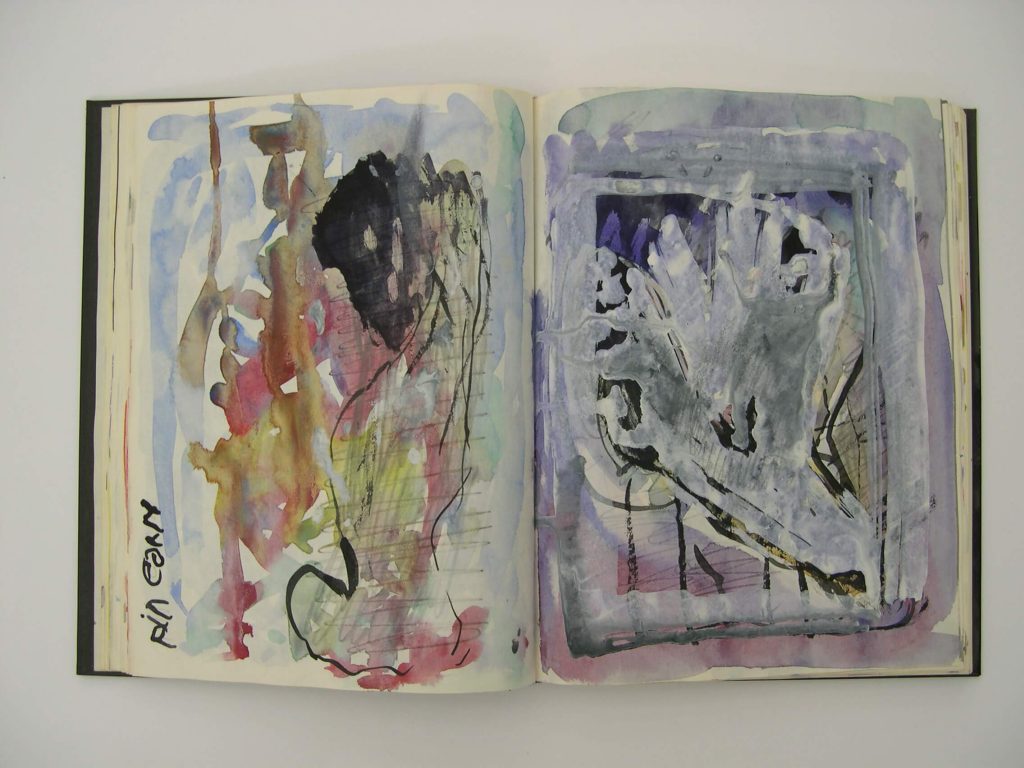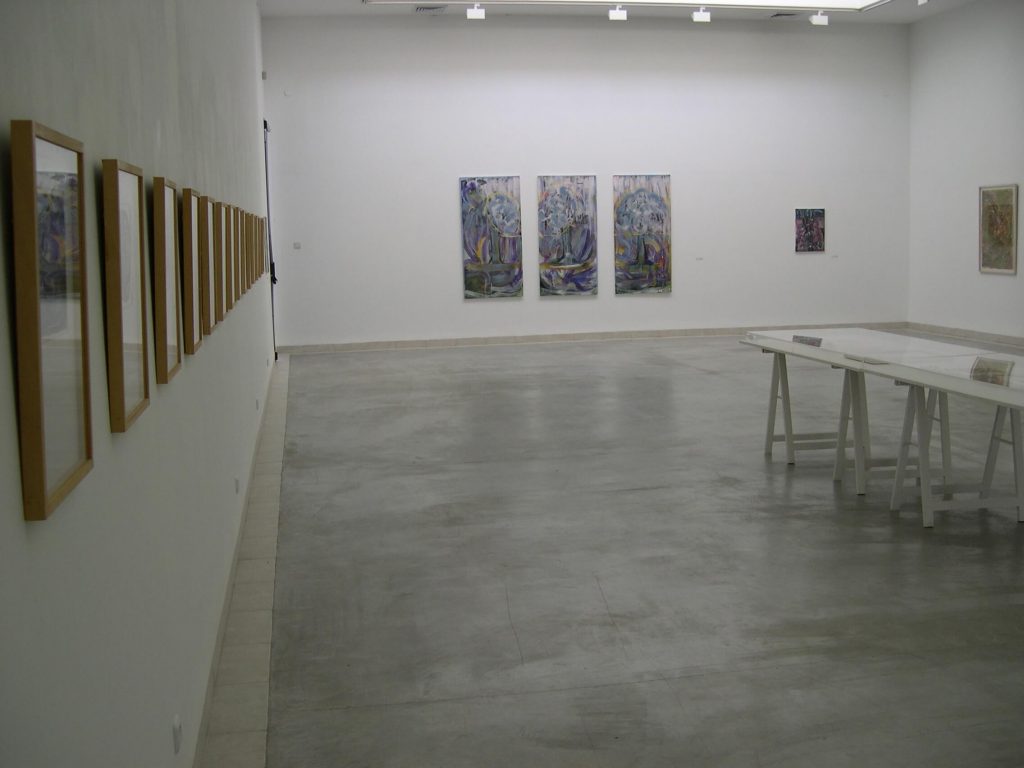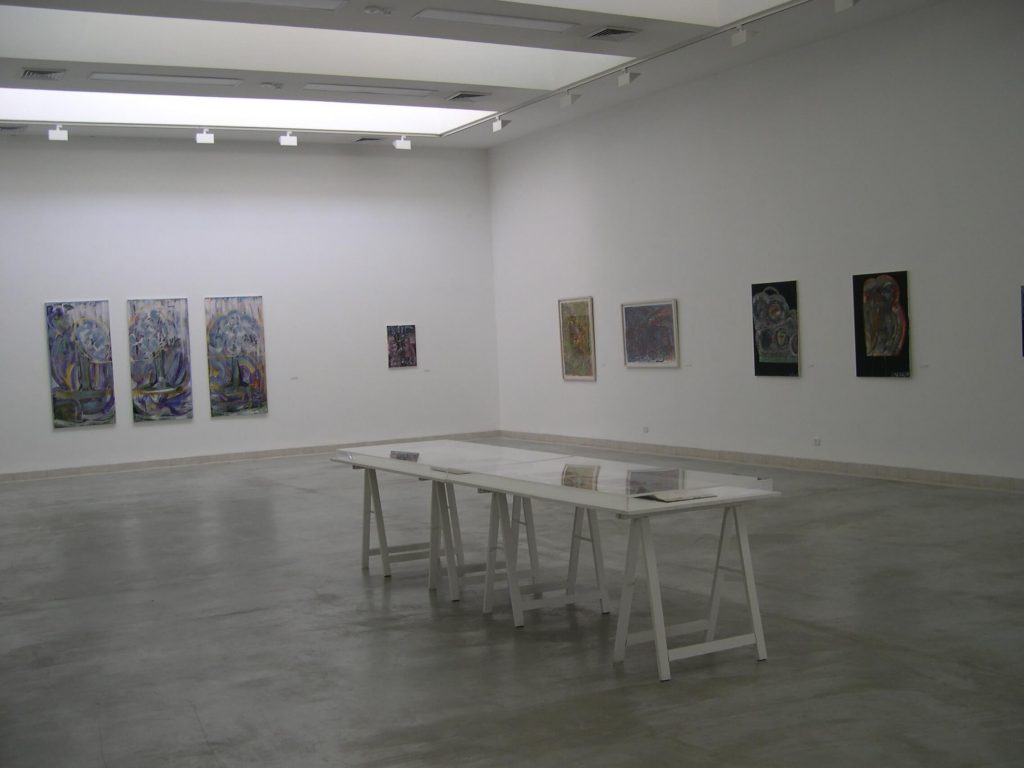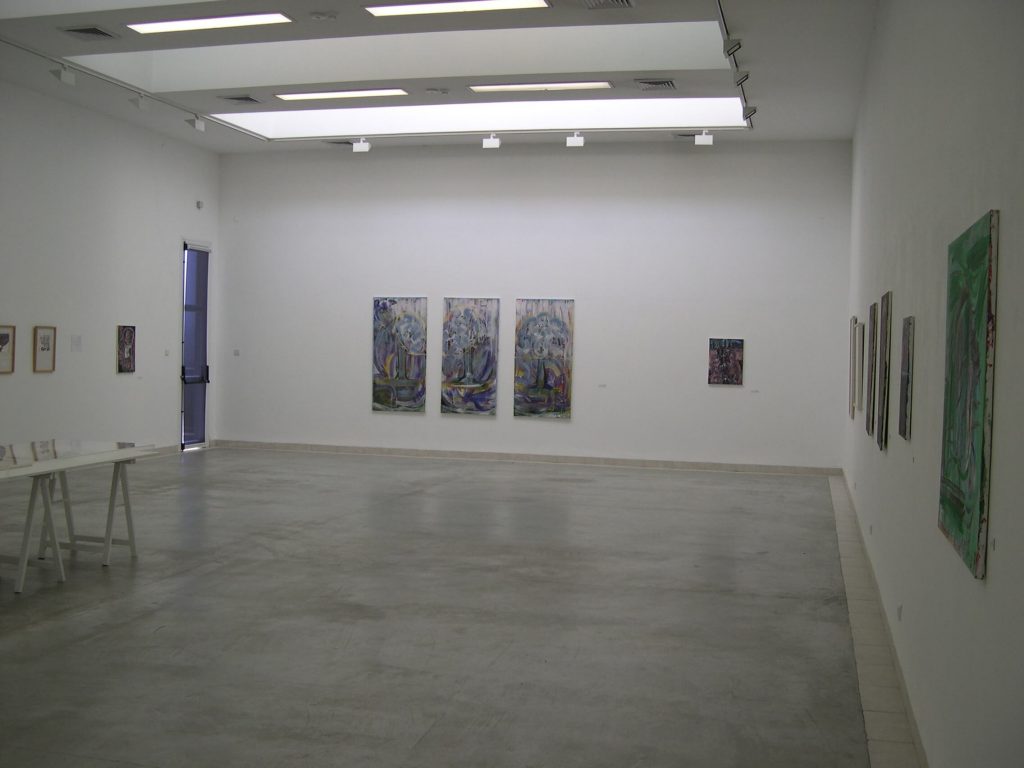Pini (Pinchas) Zinovich’s Mental Landscapes
“Rarely does an exhibition trigger such profound excitement as does Pini Zinovich’s current show,” Raffi Lavie wrote almost twenty years ago about Zinovich’s exhibition at Dvir Gallery, Tel Aviv, adding: “This is painting of great momentum…; painting rich in frugal materiality and nuances which are not fine but wise; painting whose coloration has a power the likes of which I have not seen before. Not a coloration which supports form, but rather color as a statement in itself.”
Pinchas Zinovich (b. 1943), who passed away at the beginning of this year (2007), was one of Moshe Kupferman’s closest friends. The two used to pay long visits to each other, which were dedicated to observation of works created since their last meeting, and to discussions which revolved not only on deliberations, qualities, and “accomplishments,” but also, perhaps mainly, on issues pertaining to the artist’s personal, professional, ethical, and social commitment.
The exhibition is in homage to an artist who—like Kupferman—was a “painters’ painter”; a painter in every fiber of his soul, each of whose exhibitions, like those staged for him at the Tel Aviv Museum of Art and the Museum of Art, Ein Harod, may easily be regarded as a tribute. The current exhibition sets out to expose mainly intimate, ostensibly minor aspects in Zinovich’s personality and work. Standing out among the works chosen for display are those employing words in various manners: whether as a title for an entire series, such as “Farewell” or “The Return from Cabri”—attesting to his visits to and work in the Galilee Intaglio Press, Kibbutz Cabri; as a poetic or amused thought incorporated in the body of the painting, such as Laughing Landscape; or, sometimes, as a type of poem:
“I sit in the darkness
on the reclining chair
and feel as though I am one
of the dark trees
or one of the sparkling
stars.
And maybe it is simply nice
that I am alive?”
In addition, the exhibition here may elicit contemplation about a shared aspect underlying this painters’ fellowship between Moshe and Pini: for both, it took great pains to arrive at abstraction, at color, at matter, at form, through experimental “games” in tiny drawing in black-and-white; both reached the abstract as a safe haven, as a territory of light and freedom, of daring, possibly obsessive, at times even desperate experimentation in the inner struggle between the present and the past, between the necessity to say things and the knowledge that they must not be interpreted.
All the works in the exhibition, excluding those on loan from the Gottesman Etching Center, Kibbutz Cabri, are from the artist’s estate in Kibbutz Palmah Zova. We are grateful to Irit Zinovich for her help in preparing the exhibition.
